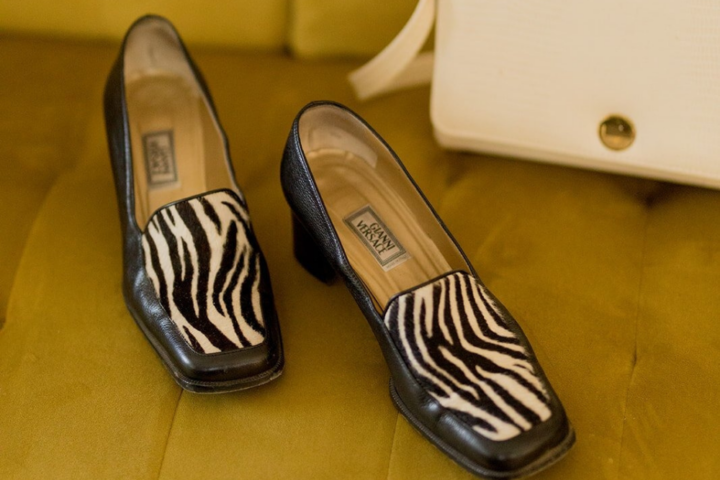The fashion industry, celebrated for its creativity and innovation, harbors a troubling secret—an oversupply crisis that is contributing to significant environmental damage. This crisis is fueled by the relentless push for profit, with brands producing far more clothing than the market can absorb. As a result, excess inventory often ends up in landfills or is incinerated, leading to severe ecological consequences.
The production of these surplus garments demands vast resources, including water, energy, and raw materials. The disposal process further exacerbates the problem, releasing harmful chemicals and greenhouse gases into the environment. This cycle of overproduction and waste not only strains natural resources but also poses a serious threat to the planet’s ecological balance.
Despite growing awareness, the industry struggles to address the issue effectively. A recent survey by the Global Fashion Agenda (GFA) revealed that 78% of fashion brands have set goals to curb overproduction. However, Holly Syrett, GFA’s impact programmes and sustainability director, noted that many respondents cited a lack of clear understanding of what constitutes overproduction as a significant obstacle to progress. This ambiguity hinders efforts to implement meaningful changes and underscores the complexity of tackling the problem.
The labor conditions in the factories that produce these clothes are another critical aspect of the issue. Workers in these facilities often face exploitation, poor wages, and unsafe working environments. The oversupply crisis, therefore, is not just an environmental issue but also a moral one, highlighting the need for systemic change across the industry.
To mitigate the environmental impact, both consumers and brands must take action. Consumers can make more sustainable choices by supporting companies that prioritize transparency and quality over quantity. Brands, on the other hand, need to adopt circular fashion principles, focusing on recycling, upcycling, and reducing waste.
While fashion is often seen as a means of self-expression and creativity, its current practices are unsustainable. The oversupply problem underscores the urgent need for the industry to rethink its approach, prioritizing sustainability and ethical practices to ensure a future where fashion is both innovative and environmentally responsible.





